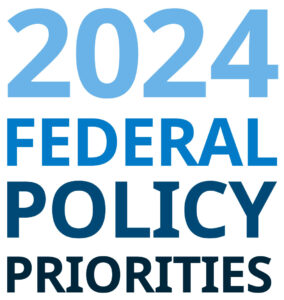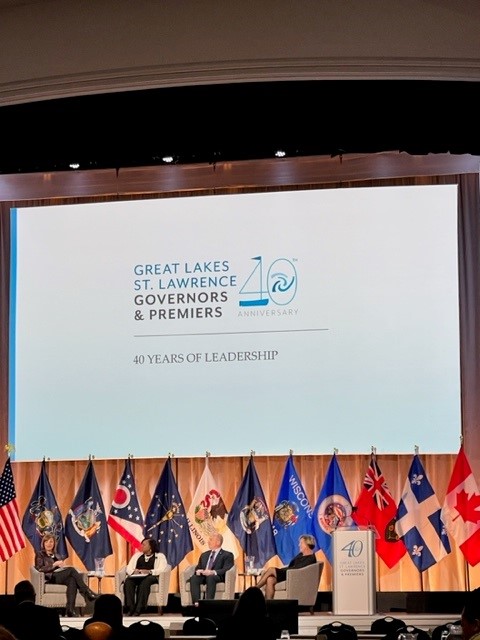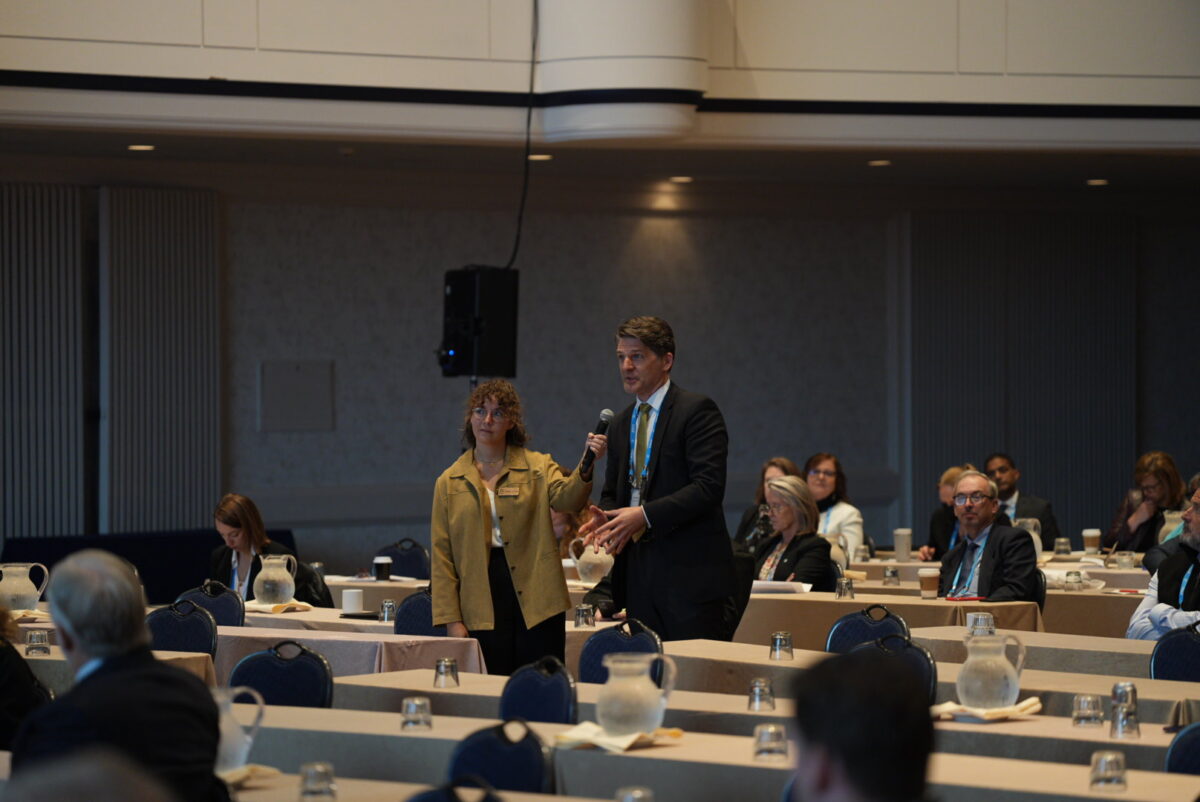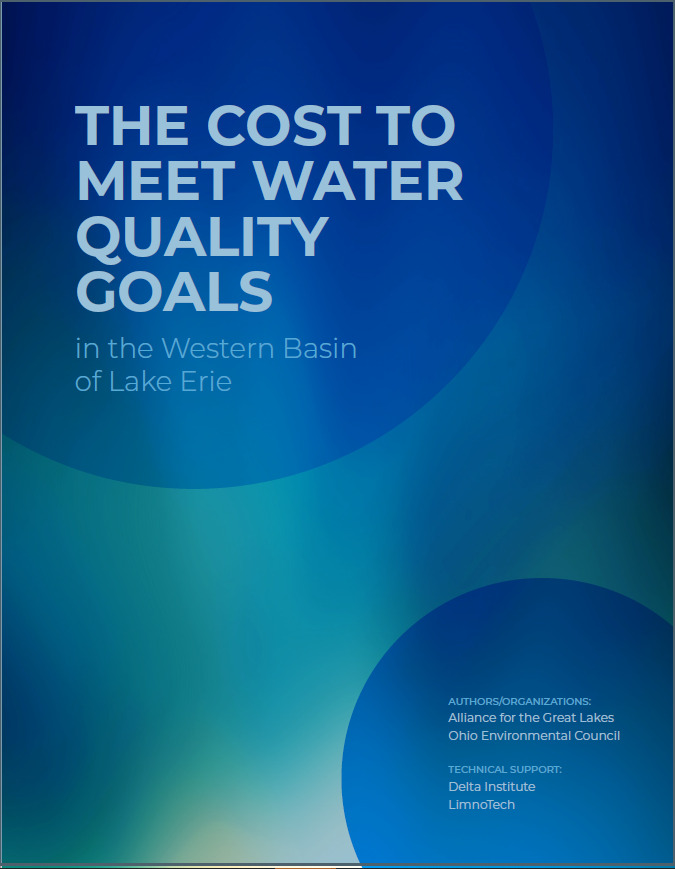New MDARD Partnership Will Improve Water Quality Monitoring
LANSING, MI (April 3, 2024) – Nutrient pollution is a severe threat to water quality across the Great Lakes region and is particularly important in the Western Basin of Lake Erie. Understanding, tracking, and predicting where this pollution comes from is difficult due to weather and cropping complexities and a lack of data. This makes it difficult to properly target where conservation funding should be spent.
Through a new $4.86 million grant from the Michigan Department of Agriculture and Rural Development (MDARD) and a $600,000 grant from the Erb Family Foundation, the Alliance for the Great Lakes will work in partnership with MDARD to increase the agency’s ability track and monitor water quality in five of Michigan’s priority subwatersheds of the Western Basin of Lake Erie. Technical assistance will be provided by the Michigan State University Institute of Water Research and LimnoTech.
The partnership aims to increase monitoring capacity by deploying higher spatial density monitoring instrumentation with a particular focus on understanding phosphorus trends. The information gleaned from this effort will help MDARD better understand various drivers of nutrient transport and allow for better targeting of conservation efforts to combat nutrient pollution.
“Ultimately, understanding where nutrient pollution is coming from and how it travels through the watershed will allow agencies and practitioners to better target conservation and land management practices to improve water quality outcomes. We are excited to partner with MDARD on this effort and applaud the leadership of Director Boring who has continually emphasized the importance of expanding monitoring and data collection to help guide conservation decision making,” said Tom Zimnicki, Alliance for the Great Lakes’ Agriculture and Restoration Policy Director.
“Our department has recognized the need for improved water quality monitoring in WLEB. We know that more holistic farm management focusing on soil health and regenerative agriculture principles can be expected to improve nutrient losses. Through the State of Michigan’s Domestic Action Plan adaptive management approach of continuous assessment and improvement, the scientific outcomes of this work improve our ability to make meaningful progress toward water quality improvements,” said MDARD Director Tim Boring.
The project will run from 2024 to 2029 and cover five of Michigan’s priority sub watersheds – Lime Creek, Stony Creek (South Branch River Raisin), Headwaters of the Saline River, Nile Ditch, and the S.S. LaPointe Drain. Area hydrology, sediment transport, and phosphorus transport in the sub watersheds will be tracked by the program. Data collected will be publicly available.
###
Contact: Don Carr, Media Director, dcarr@greatlakes.org
The post New MDARD Partnership Will Improve Water Quality Monitoring appeared first on Alliance for the Great Lakes.
News - Alliance for the Great Lakes
News - Alliance for the Great Lakes
https://greatlakes.org/2024/04/new-mdard-partnership-will-improve-water-quality-monitoring/















